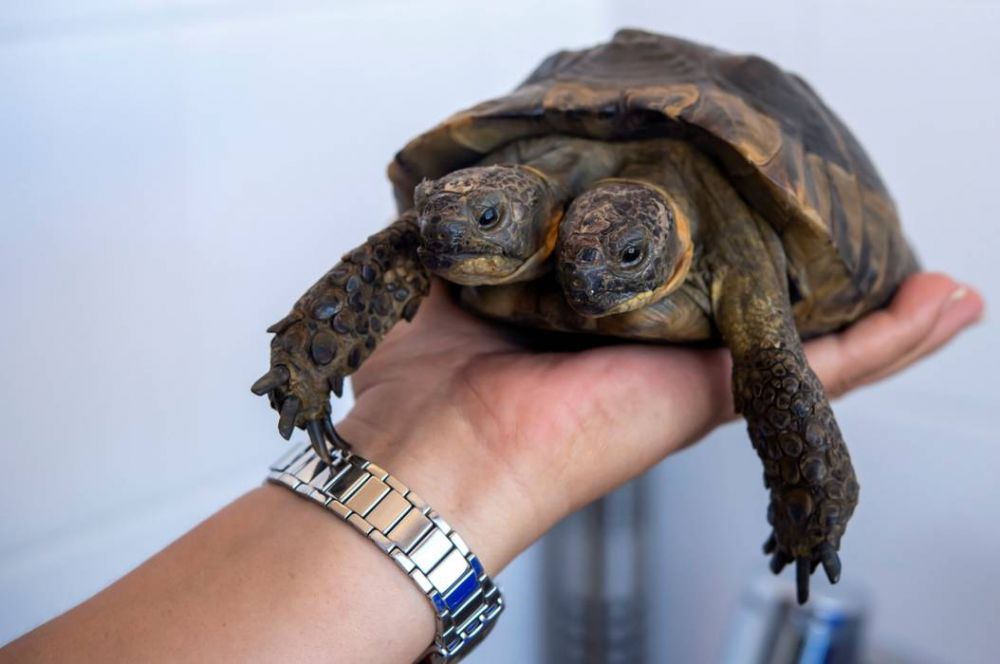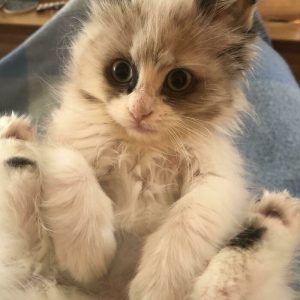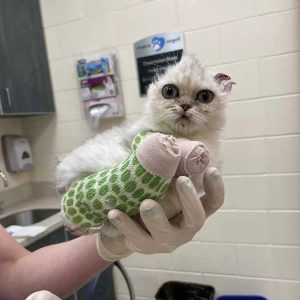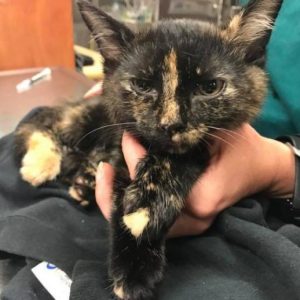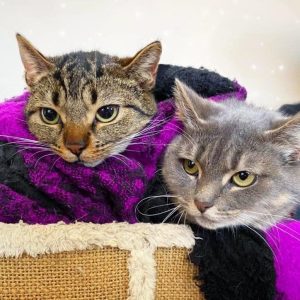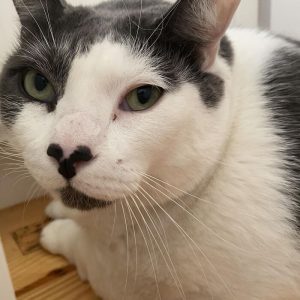With two separate brains, the 22-year-old turtle has trouble every time one end wants to go right, the other end wants to go left.

The Janus two-headed turtle lives in the Geneva Museum of Natural History, Switzerland. Photo: Epoch Times.
The Greek tortoise Janus was born on September 3, 1997 from an egg donated by the Geneva Museum of Natural History. Janus’s chances of survival in the wild are extremely small because the two heads make it vulnerable and difficult to move. However, thanks to the museum’s thoughtful care, the animal survived for more than 22 years, a record for two-headed creatures. The staff here are preparing to celebrate Janus’ 23rd birthday, Epoch Times reported on August 11.

“Janus can’t completely retract its head. If it’s a predator, I can attack its two ends, which are very visible. So in the wild, such creatures are almost non-existent. have a chance to survive beyond a few hours or days,” said Andreas Schmitz, a herpetologist and amphibian at the Geneva Museum of Natural History.
Another Janus problem is that each head has its own brain. This makes it troublesome when it needs to decide what to do or where to go. “If one end wants to go right but the other end wants to go left, there is a conflict of information and in the end the turtle doesn’t move at all,” Schmitz said. With Janus, one end slightly overwhelms the other.
The Geneva Museum of Natural History doesn’t keep animals alive, but the Janus is an exception. Janus’s barn is equipped with a UV light. The animal also received a variety of berries and lettuce to enjoy.

Two-headed turtles are well fed and cared for. Photo: Epoch Times.
When the Covid-19 outbreak caused the museum to close, the staff still took good care of Janus. This summer, the turtle can go outside when the temperature is around 20-23 degrees Celsius to get the UV rays and vitamin D it needs.
The staff bathed Janus daily to clean the apricots and eliminate dangerous fungi. Bath water needs to be kept warm, around 26-30 degrees Celsius. During the bath, the animal is so comfortable that it stretches its legs and sleeps, said Angelica Bourdoin, museum employee.
The genetic mutation that causes Janus to have two heads also seems to affect the carapace. “Its shell is deformed, not round like other Greek tortoises,” Schmitz said. If Janus falls on his back, he won’t be able to turn himself over. Therefore, the museum is also very careful when designing the accommodation for the animal.
